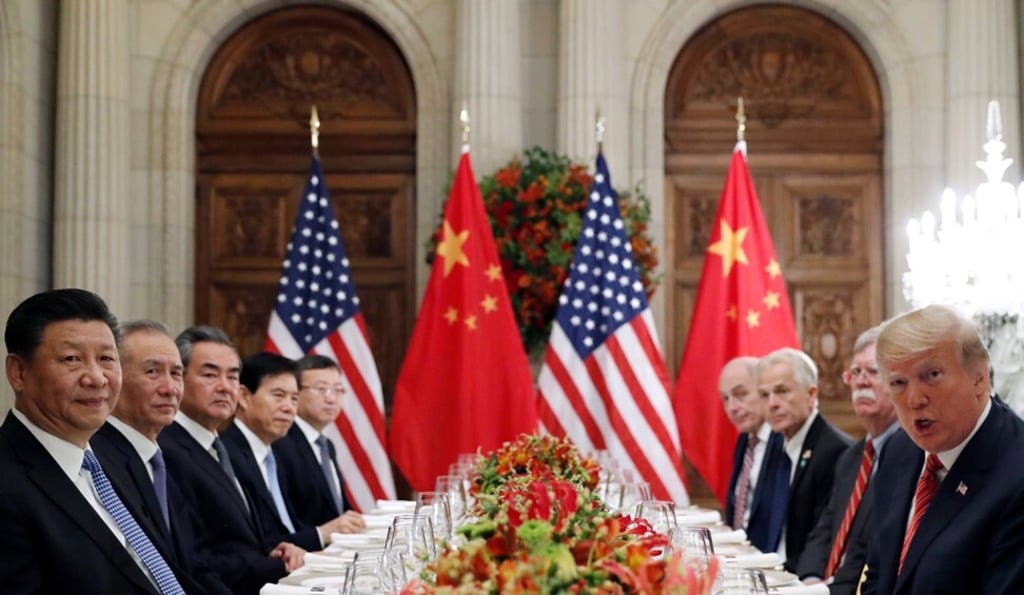Explainer | What is the US-China trade war?
- The trade war between the US led by Donald Trump and China and its President Xi Jinping started in July 2018, but how did it start, what is the background to the tensions?
- The US and China signed a phase one trade deal in January 2020, with China committing to buy US$200 billion of goods and services over the next two years

A new version of this story has been published. Click here for the latest data about the US-China trade war.
What is the basis for the US-China trade war?
The United States and China are the two largest economies in the world. Chinese foreign trade grew rapidly after its ascension into the World Trade Organisation in 2001, with bilateral trade between the US and China almost US$559 billion in 2019.
However, that trade was lopsided, with the US running a large and growing trade deficit with China, which became a major political issue in the 2016 US presidential campaign. The US trade shortfall rose to US$375.6 billion in 2017 before the start of the trade war, from US$103.1 billion in 2002.
The deficit rose further to US$378 billion in 2018, before easing slightly to US$345.6 in 2019 after the start of the trade war, according to the Office of the US Trade Representative.
What is the US-China trade war?

At its peak at the end of 2019, the US had imposed tariffs on more than US$360 billion worth of Chinese goods, while China had retaliated with import duties of their own worth around US$110 billion on US products.
How did the trade war start?
